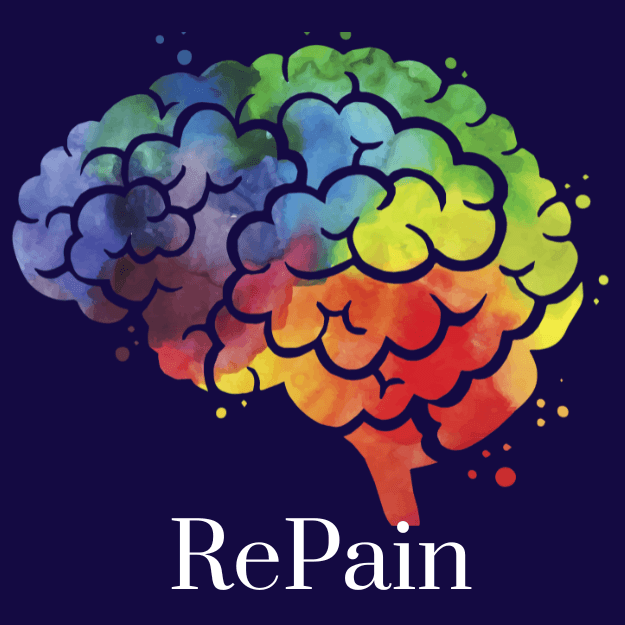The Science Behind RePain
The Role of the Brain in Pain
Why Your Brain Matters
Pain is always real — but it’s not always a sign of damage. When pain persists, the nervous system can stay locked in a protective state, even after the original issue has healed.
RePain™ works by helping your brain shift out of that state, using methods that support calming, focus, and change — all backed by science.
Understanding Persistent Pain
Why the Alarm Keeps Ringing Think of persistent pain like a fire alarm that keeps going off — even when there’s no fire. This happens when the brain’s pain system becomes overly sensitive, often after injury, illness, or stress. You might relate to this if you’ve experienced: Long-term back pain Fibromyalgia Post-surgical or nerve-related pain Migraines or headaches IBS or other tension-related symptoms RePain™ helps your nervous system find a safer baseline.
How RePain™ Works
Three Tools Combined for a Calmer Brain
Clinical Hypnosis
Hypnosis is a focused state of awareness — calm but alert — where the brain is more open to positive change.
Used in medical settings for decades, it’s shown to help reduce pain intensity and alter brain activity linked to pain.
Alpha Brainwave Entrainment
Your brain operates at different frequencies depending on your mental state. RePain™ gently guides the brain into an alpha state — associated with calm, clarity, and reduced pain perception.
This state supports neuroplasticity, or your brain’s ability to adapt and heal.
Guided Imagery
Guided imagery uses the mind’s natural ability to visualise to shift attention, relax the nervous system, and reduce pain.
By imagining safe, soothing, or empowering scenarios, you help the brain "turn down the volume" on the pain response.
Why It’s Backed by Science
Evidence-Informed, Experience-Led Each element of the RePain™ method draws from decades of research in: Pain neuroscience Functional brain imaging Hypnotherapy studies Brainwave regulation Psychological models of chronic pain As part of my MSc in Pain Management at UCL (within the Division of Surgery and Interventional Science), I continue to study the most up-to-date models of pain — and integrate that knowledge into practical tools for my clients.
Want to Know If It’s Right for You?
Let’s talk. Book a free 15-minute consultation — relaxed, confidential, and with no pressure to commit.
